The smart water leak detector combinates "listening to the abnormal sound" and "observing the abnormal signal bars, water leakage points can be found easily, suitable for different detecting environments like indoor floors, walls, and cabinets.
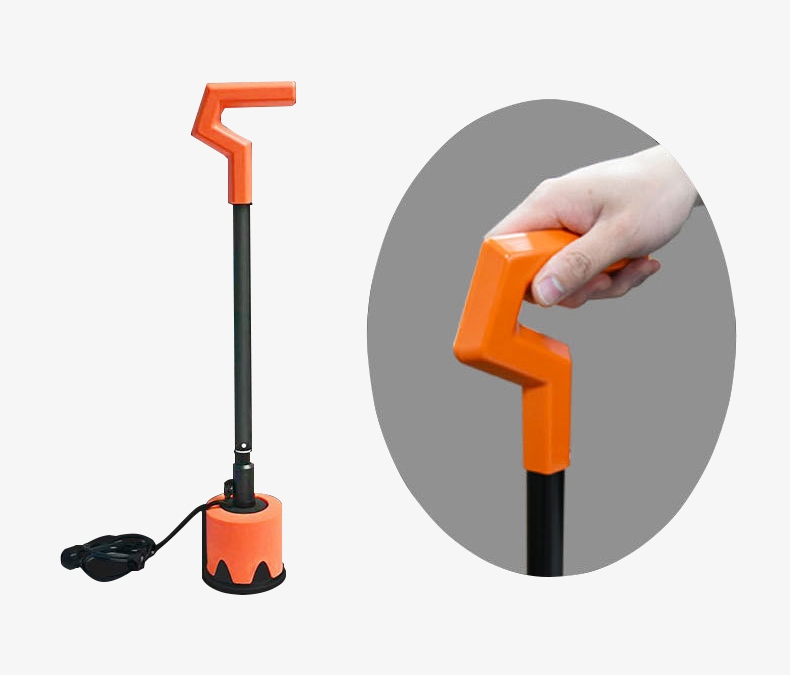
Ergonomic grip design
- The grip is designed according to the structure of the human hand, and the length and thickness have been precisely calculated.
- Conforms to everyone's grip, is more comfortable and is easy to use.
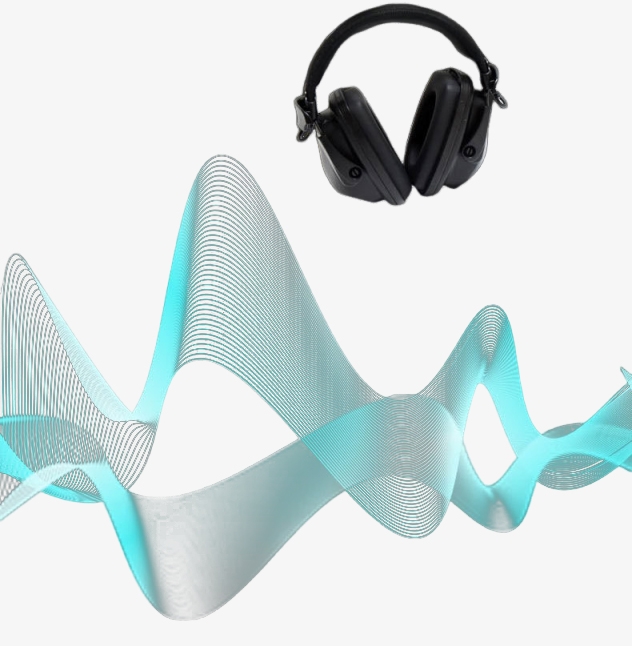
Advanced Bluetooth Headphones
- Comfortably padded earcups block out external noise.
- Comfortable to wear, clearer sound, and more accurate positioning.
Applications
The water leak detector is a device that can quickly and accurately locate the location of pipeline leaks. Because of its high precision, non-destructive testing, and fast and efficient features, it is not only suitable for urban water supply systems and industrial pipeline systems but can also be used for household internal pipelines to reduce water waste and property losses.
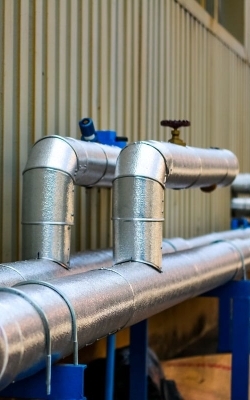
Industrial Production
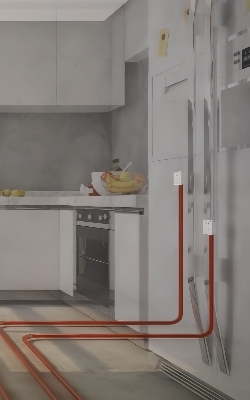
Household Pipes

Municipal Engineering
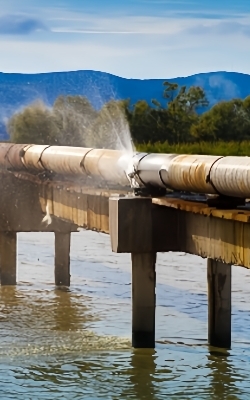
Urban Water Supply
| Model | SISCO-WLD-KT5N |
| Frequency | 1 Hz~20000 Hz |
| Gain | Ten Levels Adjustable |
| Volume | Ten Levels Adjustable |
| Charging Time | 5~6 Hours |
| Standby Time | 7~8 Hours |
| Detection Method | Water Pipe |
| Power | 20000W |
| Working Temperature | -20~50℃ |
| Size | 216mm*155mm*37mm |
Structure diagram
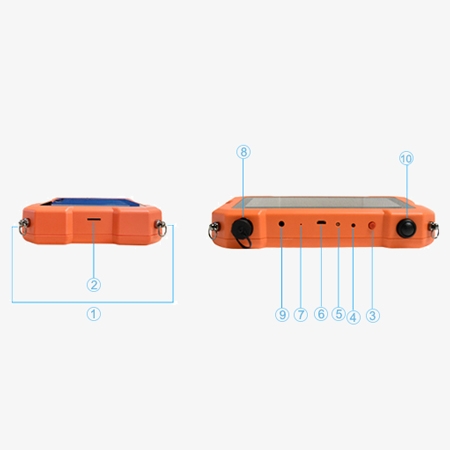
- Strap Buckle
- SD Card Interface: system upgrade, storage of recording files, image files
- Headphone interface: used to connect headphones
- Microphone: used when recording human voice
- 5V USB Charging Port: used to charge the host and connect to the computer
- Indicator Light: power on/off indication and charging indication
- Reset Switch: host system reset, shutdown
- Signal Switch: used to turn on/off signal input
- Power Button: used to turn on/off the host
- Five-core Aviation Plug: used to connect sensors
Dimension (mm)
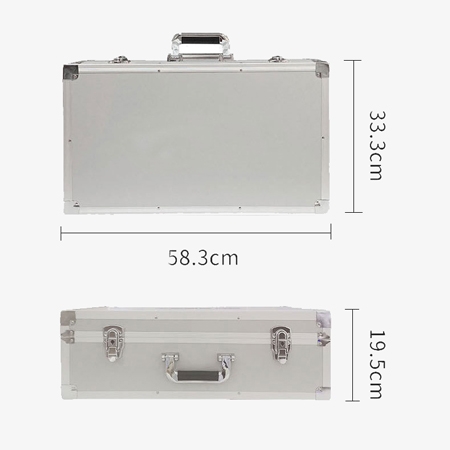
Q1: Do water leak detectors work?
A1: Yes! One or more water alarms in your home can alert you to take action as soon as a leak starts. They can help you avert long-term damage, including mold build-up, caused by leaks. But they're not a substitute for the routine preventative maintenance your home needs.
Q2: Are water leak detectors worth it?
A2: Yes, the water detectors are worth more than your expectation! The longer a leak goes undetected, the more damage it does, destroying furniture and decoration, spawning mold and fungi, and even threatening structural integrity. A water leak detector can reduce the risk by alerting you to problems quickly, so you can act to prevent severe damage.
Q3: Where is the best place for a water leak detector?
A3: Tuck your water detectors behind the toilet, under the sink, in a corner by the bathtub, or all of the above. If the pipes under your sink develop a slow leak, you may not notice water damage until the items under your sink are destroyed. Put an electronic water leak detector under the sink for peace of mind and to protect your belongings.
Tips: How does a water leak detector work?
The working principle of the water leakage detector is the sound produced by friction with the pipe wall when the pressure water rushes out from the damaged pipe after the pressure water pipe leaks. Vibration and other additional vibrations caused by it are transmitted to the upper part of the pipeline ground, and instruments are used to detect the road surface to find out the leak point.
Generally speaking, the basic detection method is to connect the host, earphones, and sensors. Turn on the switch, and put on the earphones. Place the sensor on the road above, place it step by step according to the step length, and monitor step by step. The closer to the leak point, the stronger the signal, and the closer to the leak point. The farther away the signal is, the weaker it is. By comparing the signal strength between different points, the purpose of detecting leaks can be achieved. Therefore, when we use the instrument.
The principle of the water leak detector is that it is meaningless to monitor the leak signal at one point. It is necessary to compare multiple points repeatedly to find out that the place with strong sound vibration is the leak point. Of course, we also need to consider many other additional factors, such as the leak point. The direction of the damaged opening is a problem. Because the pipe is round, if the water leaks from the side, the strong point may be on the side of the road above the pipe instead of the road above the pipe. Therefore, you must know the location of the pipeline. The other three links, Turning, water pressure, water leak detector, buried depth, buried layer, etc. will all have an impact, and these should be taken into consideration when testing.
Thank you for buying industrial test and measurement equipment on SISCO.com, all products sold by SISCO and the partner cover a 12 months warranty, effective from the date of receiving the products.
What is covered?
SISCO is responsible for providing free spare parts, and free technical support to assist the customer to repair the defective products until the problem is solved.
What is not covered?
- Product purchased from anyone other than a SISCO store or a SISCO authorized reseller.
- Expendable parts.
- Routine cleaning or normal cosmetic and mechanical wear.
- Damage from misuse, abuse or neglect.
- Damage from use of parts other than SISCO approved.
- Damage from use outside the product’s usage or storage parameters.
- Damage from use of parts not sold by SISCO.
- Damage from modification or incorporation into other products.
- Damage from repair or replacement of warranted parts by a service provider other than a SISCO authorized service provider.
- Damage caused by the application environment not meeting the product usage requirements and the failure to perform preventive maintenance.

